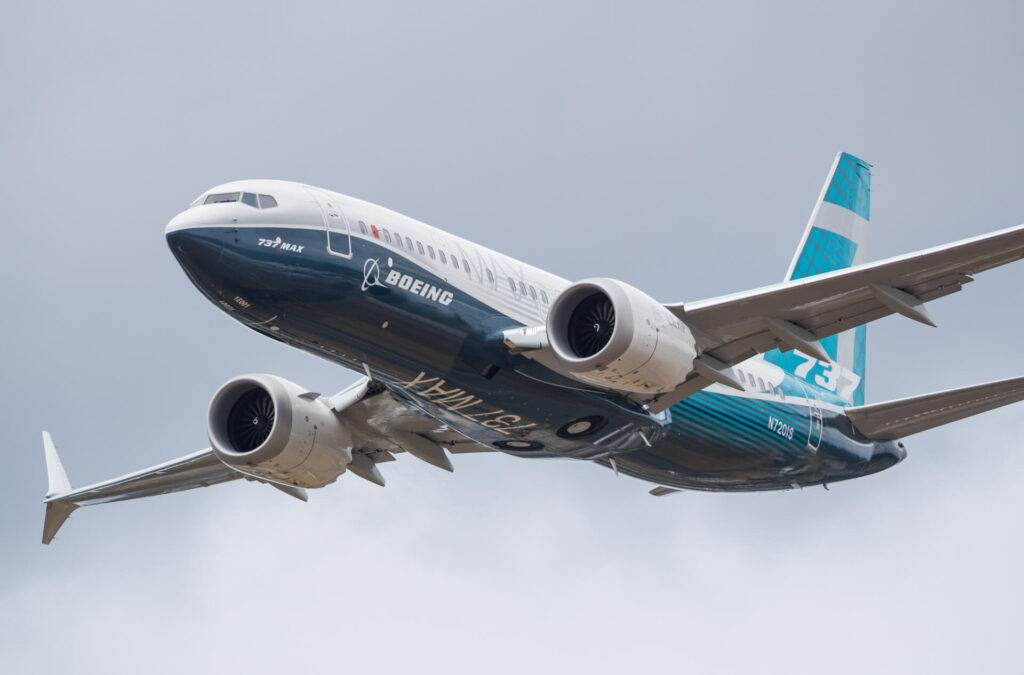As the un-grounding of the Boeing 737 MAX draws ever-nearer, the second chief executive of a civil aviation authority has shared his point of view on the aircraft. European Union Aviation Safety Agency (EASA) executive director Patrick Ky declared that the 737 MAX is safe enough to be certified.
“Our analysis is showing that this is safe, and the level of safety reached is high enough for us,” stated Ky in an interview with Bloomberg. According to him, EASA also discussed with Boeing about adding a third sensor, which would allow the aircraft to reach “even higher safety levels.”
However, it is not certified to return to the skies and operate commercial flights just yet.
The agency still has to perform final document reviews, after which it will issue a draft airworthiness directive (AD). The preliminary plan to release the draft AD is November 2020, according to Ky. Subsequently, four weeks of public comments will follow, allowing any parties to make their suggestions on the re-certification of the Boeing 737 MAX.
Additional safety systems
Seemingly, EASA got its way – the narrow-body will be fitted with a synthetic air data system (SADS) onboard, adding an additional safety system. The development of the system on the MAX would take from 20 to 24 months, added the executive director. The system would be first fitted onto the largest variant, the 737 MAX 10. The aircraft should begin commercial flights in 2022, while other versions of the MAX will be retrofitted with SADS once it would be certified.
“We think that it is overall a good development that will increase the level of safety.”
Unlike the Angle of Attack (AoA) sensors, the SADS does not directly measure the data. The system uses a number of sources of information, including GPS, altitude, and wind information in order to measure airspeed or the AoA. The SADS is also present on the Boeing 787 Dreamliner.
Changes will also come to the way that 737 MAX pilots are trained to fly the aircraft, including their transition from the 737 NextGeneration (NG), a predecessor to the MAX. In January 2020, the manufacturer reversed course on pilot training and issued a recommendation that 737 MAX flight crews should go through additional simulator training, instead of just going through computer-based training procedures.
The question was heavily examined by the United States‘ House Committee on Transportation and Infrastructure, who also highlighted the fact that Boeing had a clause in its contract with Southwest Airlines (LUV). The clause stated that if pilots had to sit in a simulator, Southwest would receive $1 million per one 737 MAX delivered to the low-cost carrier.
At the time, chairman of the committee Peter DeFazio stated that it was “remarkable that it took two deadly crashes, numerous investigations and untold public pressure before Boeing arrived at this decision.”
Patrick Ky joins the Federal Aviation Administration (FAA)’s administrator Stephen Dickson, who in September 2020 personally flew on the Boeing 737 MAX and stated that he “liked what he saw.”
EASA began flight testing the aircraft in September 2020, going through a three-week program. At first, it conducted simulator-based flights in London, after flight testing the aircraft in Vancouver, Canada. Subsequently, it presented its findings at the Joint Operations Evaluation Board (JOEB) the following week.

